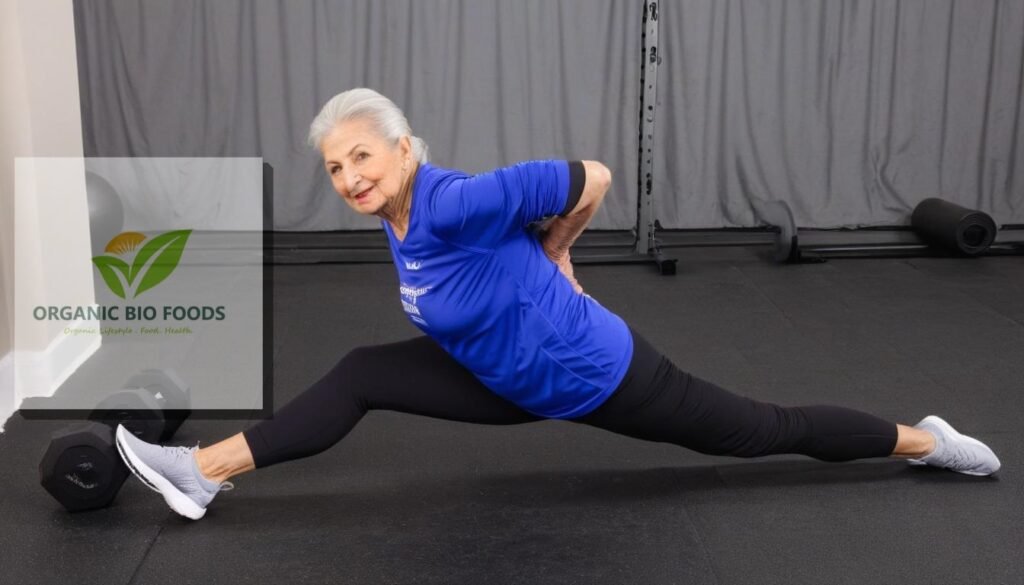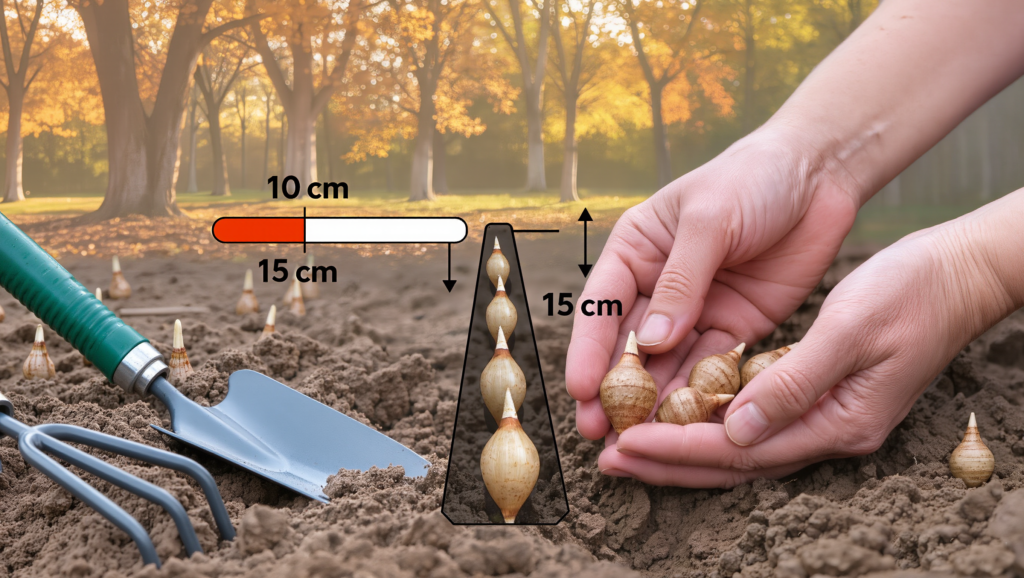Stretching is an essential part of any workout routine, but not all stretches are created equal. Hyperbolic stretching is a particular type of stretching that has gained popularity for its ability to improve flexibility, enhance muscle strength, and even boost overall body performance. In this article, we’ll explore what hyperbolic stretching is, and we’ll analyze the benefits of different stretching positions.
What is Hyperbolic Stretching?
Hyperbolic stretching is a dynamic stretching technique aimed at improving flexibility, particularly in the hips, hamstrings, and other major muscle groups. The term “hyperbolic” refers to the idea that these stretches go beyond traditional stretching methods, focusing on muscle reflexes, and utilizing the body’s natural potential for increased flexibility.
Hyperbolic stretching typically involves holding stretches for longer periods or performing a series of movements designed to engage muscle groups in deeper ways. This type of stretching targets the muscles and tendons by gently pushing them to their limits, ultimately allowing the muscles to relax and stretch further.
Key Benefits of Hyperbolic Stretching:
- Improved Flexibility: Hyperbolic stretching can significantly increase your range of motion and flexibility. This is particularly helpful for athletes, dancers, and individuals who want to enhance their overall movement capabilities.
- Strengthening Muscles: While stretching is often thought of as a way to loosen muscles, hyperbolic stretching actually helps in building strength, especially in the core and lower body. This is because the controlled movements target both the muscles and the supporting tissues.
- Injury Prevention: Improved flexibility and muscle strength help in preventing injuries during workouts or everyday activities. By regularly performing hyperbolic stretches, the muscles become less prone to tears or strains.
- Better Posture and Balance: With an emphasis on core engagement and muscle lengthening, hyperbolic stretching can improve posture and help maintain balance, particularly as we age.
- Enhanced Circulation: Stretching improves blood flow to the muscles, helping them recover faster after a workout or a long day of sitting.
Hyperbolic Stretching Positions
Here are some Hyperbolic Stretching Positions and their benefits.
- Neck Stretch

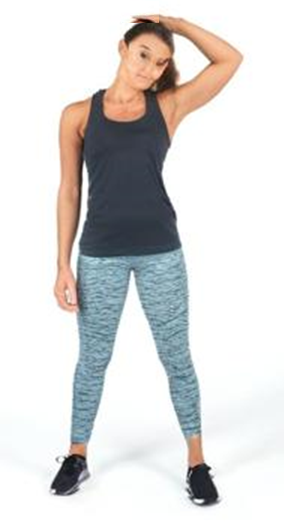
Muscle Targeted: Neck and trapezius muscles
Benefits of Neck Stretching: This gentle neck stretch helps relieve tension and stiffness in the neck and upper shoulders, which is common due to poor posture or long hours of sitting. Performing neck stretches daily can prevent headaches and improve flexibility in this area.
2. Arm and Shoulder Stretch
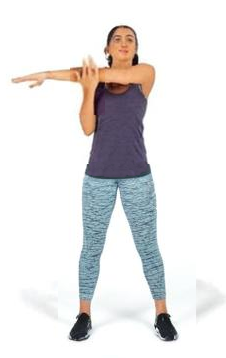
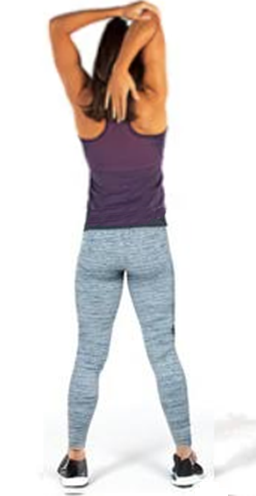
Muscle Targeted: Shoulder, upper back, and triceps
Benefits of Shoulder Stretching: The arm and shoulder stretch shown here is excellent for relieving tightness in the shoulders and improving mobility in the upper body. This is especially useful for people who do a lot of overhead work or weightlifting, as it helps maintain flexibility and prevent shoulder injuries.
3. Triceps and Lat Stretch

Muscle Targeted: Triceps and latissimus dorsi (upper back)
Benefits of Triceps and Lat Stretch : Stretching the triceps and lats helps improve upper body flexibility and relieve tension that accumulates after exercises like pull-ups or push-ups. It’s also great for improving posture and preventing stiffness in the upper back.
4. Hip Flexor Stretch

Muscle Targeted: Hip flexors and quadriceps
Benefits of Hip Flexor Stretch: Tight hip flexors can cause lower back pain and limit your mobility. This standing hip flexor stretch is a fantastic way to lengthen the muscles in the hips and thighs, improving overall flexibility in the lower body.
5. Seated Butterfly Stretch
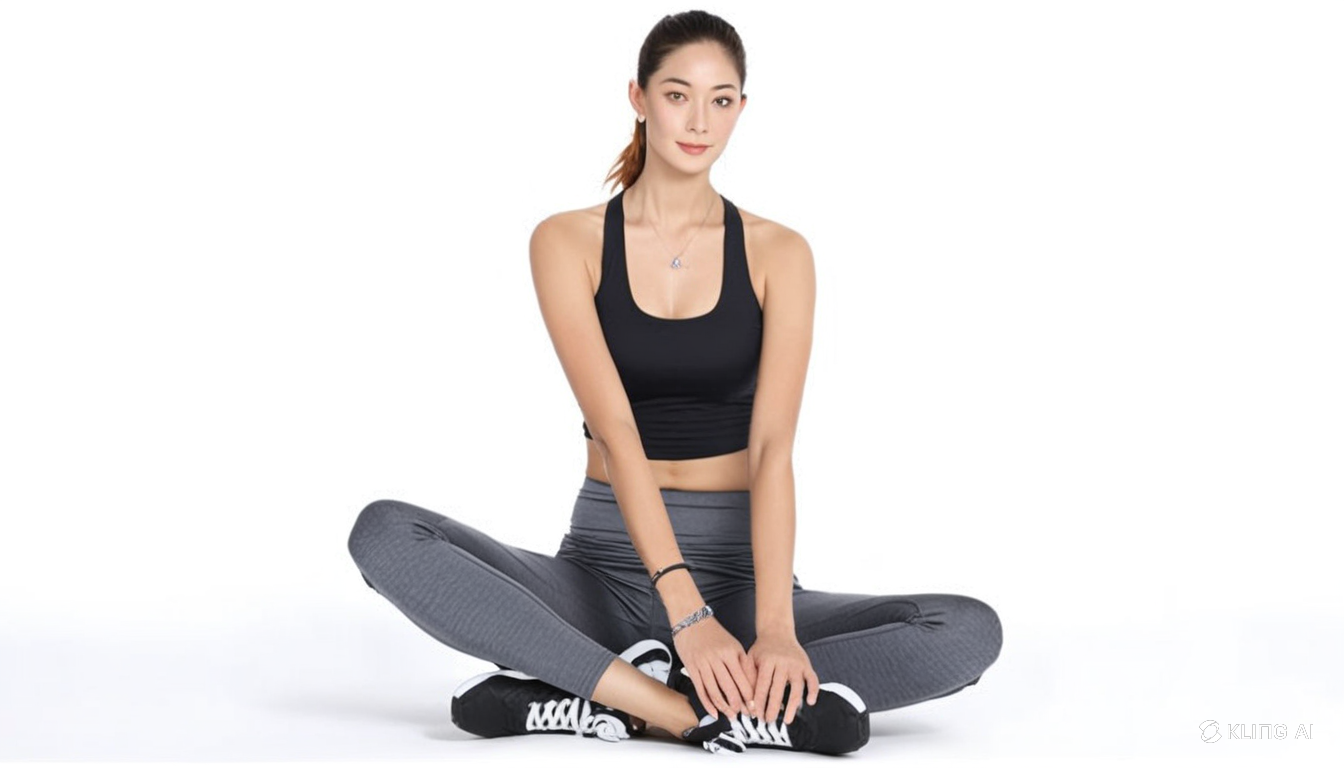
Muscle Targeted: Inner thighs and groin
Benefits of Seated Butterfly Stretch : The butterfly stretch is a popular move that focuses on stretching the inner thighs and groin. This is especially important for improving hip flexibility and preventing groin injuries. It also helps in releasing tension from prolonged sitting or cycling.
6. Knee-to-Chest Stretch
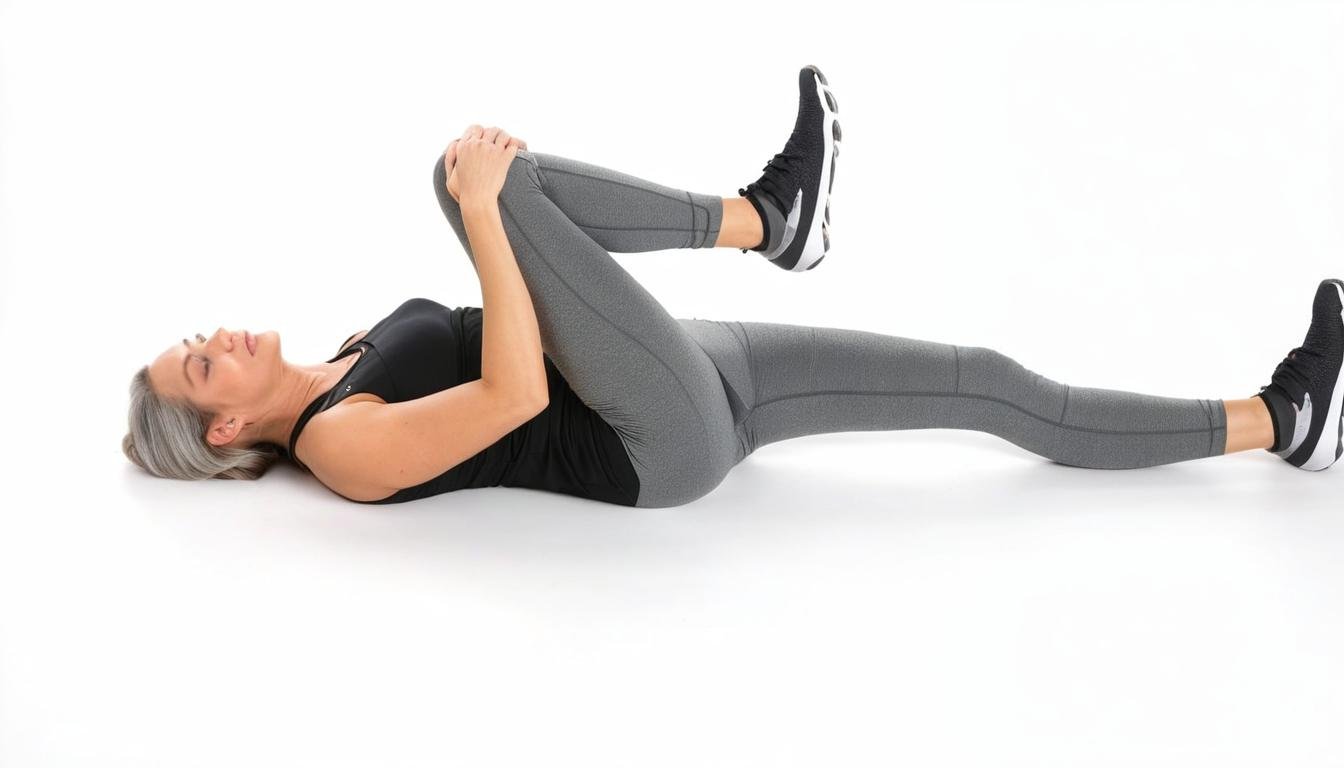
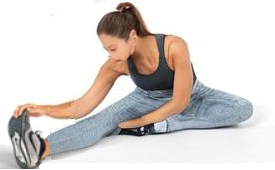
Muscle Targeted: Lower back and hamstrings
Benefits of Knee-to-Chest Stretch: Pulling the knee to the chest is a great way to stretch the lower back and hamstrings. This stretch is particularly helpful for alleviating lower back pain, stretching out the glutes, and relieving tension in the hips.
7. Cat-Cow Stretch
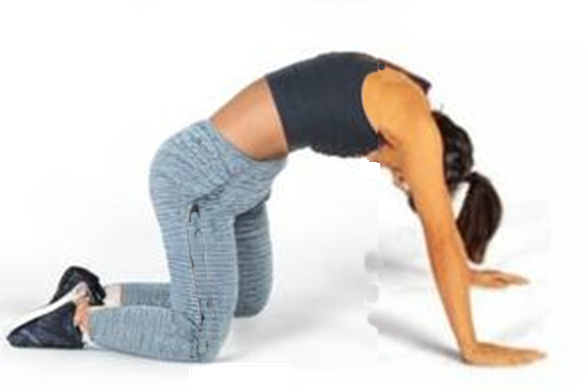
Muscle Targeted: Spine, back muscles, and abs
Benefits Cat-Cow Stretch: The cat-cow stretch is a dynamic movement that alternates between arching and rounding the back. This stretch helps to increase flexibility in the spine, alleviate back pain, and engage the core muscles. It’s an excellent move for improving posture and mobility in the spine.
8. Lying Quad Stretch

Muscle Targeted: Quadriceps and hip flexors
Benefits of Lying Quad Stretch: Stretching the quadriceps while lying down helps to lengthen the front thigh muscles, which can become tight from activities like running or cycling. It also targets the hip flexors, promoting better mobility and reducing strain on the lower back.
Cobra Stretch
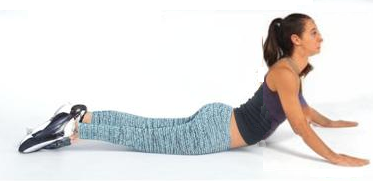
Muscle Targeted: Lower back, abs, and hip flexors
Benefits of Cobra Stretch : The cobra stretch, commonly used in yoga, helps to stretch the lower back and engage the core. It’s great for relieving tension in the lower back after sitting for long periods or performing back-intensive exercises. Additionally, it helps open up the chest and improve posture.
How to Incorporate Hyperbolic Stretching into Your Routine
Incorporating hyperbolic stretching into your daily fitness routine can bring about significant benefits, especially if you’re looking to enhance your flexibility and strength. Start with basic stretches and gradually increase the duration and intensity. Holding each stretch for at least 30 seconds allows the muscles to relax and stretch further, promoting flexibility.
To maximize results, consider pairing your hyperbolic stretching with warm-up exercises. This helps in loosening up the muscles before stretching them deeply. You can also follow up with cool-down stretches to allow the body to return to its resting state and aid in muscle recovery.
Tips:
- Focus on breathing during each stretch to help your body relax.
- Never stretch to the point of pain; discomfort is okay, but sharp pain means you’re overdoing it.
- Stay consistent. Regular stretching can make a significant difference in your flexibility and muscle health over time.
Conclusion
Hyperbolic stretching offers a dynamic and effective way to enhance flexibility, muscle strength, and overall body function. The stretching positions shown in the image are excellent for targeting key muscle groups throughout the body. By incorporating these stretches into your routine, you’ll experience benefits such as improved posture, reduced muscle tension, and better overall mobility. Whether you’re an athlete or someone looking to improve daily movement, hyperbolic stretching is a powerful tool for achieving your fitness goals.


